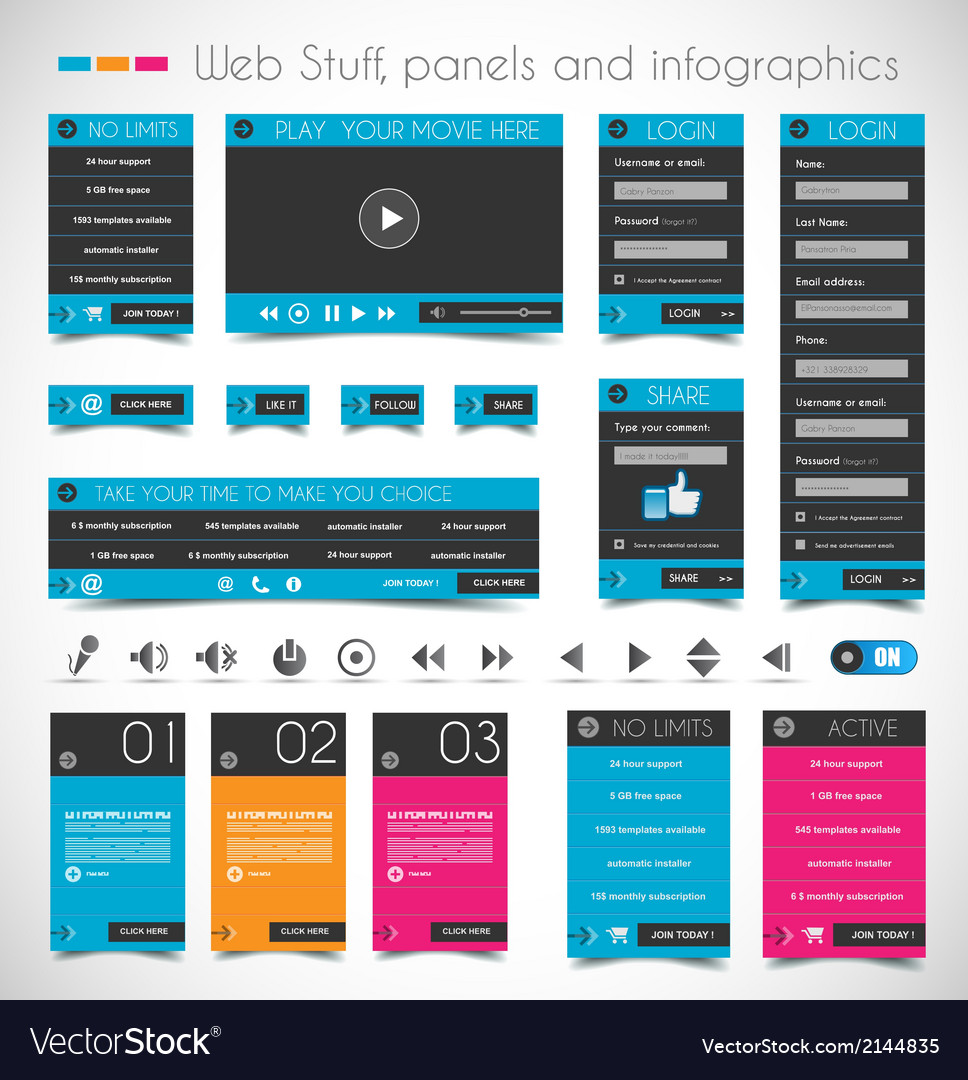The Transformation Of Online Operatings Systems: A Journey With Time
The Transformation Of Online Operatings Systems: A Journey With Time
Blog Article
Personnel Writer-Abel Wren
In the past, web sites were straightforward and focused on info. Navigation was straight, and layout was for desktops. Currently, individual experience is crucial. Information guides designs for simple navigating. Receptive layouts suit different tools. Today, dark mode reduces pressure, and minimalist menus improve navigating. Interactive functions involve customers, and vibrant visuals stand out. AI integration enhances engagement. See exactly how style has actually advanced to improve your on the internet journey.
Early Days of Web Design
In the early days of web design, simplicity reigned supreme. Internet sites were basic, with limited shades, fonts, and designs. The focus was on offering details as opposed to showy visuals. Users accessed the internet through slow-moving dial-up connections, so speed and performance were key.
Navigating food selections were straightforward, commonly situated at the top or side of the page. Websites were made for desktop, as mobile surfing had not been yet widespread. Web content was king, and developers prioritized very easy readability over intricate design elements.
HTML was the key coding language made use of, and developers had to function within its constraints. Animations and interactive attributes were minimal contrasted to today's standards. Websites were fixed, with little dynamic material or individualized customer experiences.
Increase of User-Focused Layout
With the development of site design, a shift in the direction of user-focused layout concepts has come to be significantly noticeable. Today, creating websites that focus on individual experience is crucial for involving visitors and attaining business objectives. User-focused design includes comprehending the requirements, preferences, and actions of your target market to customize the web site's layout, web content, and features accordingly.
Developers currently carry out extensive research study, such as individual surveys and use testing, to gather insights and comments straight from customers. This data-driven approach assists in developing intuitive navigation, clear calls-to-action, and aesthetically enticing user interfaces that reverberate with site visitors. By positioning the customer at the facility of the design process, internet sites can supply a much more customized and satisfying experience.
Receptive style has actually likewise become a vital facet of user-focused style, making certain that websites are enhanced for different tools and screen dimensions. This versatility improves ease of access and use, catering to the diverse ways users communicate with websites today. In essence, the rise of user-focused design represents a shift towards developing electronic experiences that focus on the demands and expectations of the end user.
Modern Trends in Web Design
Explore the most up to date trends shaping web design today. improve website seo is dark setting layout, supplying a streamlined and contemporary appearance while reducing eye strain in low-light settings. One more vital trend is minimalist navigation, streamlining food selections and boosting user experience by focusing on essential elements. Integrating micro-interactions, such as animated switches or scrolling impacts, can develop a more appealing and interactive website. Responsive design stays critical, making certain smooth user experiences throughout various tools. In addition, making use of vibrant typography and asymmetrical formats can include aesthetic passion and draw attention to certain material.
Incorporating AI technology, like chatbots for consumer support or tailored referrals, enhances customer engagement and streamlines processes. Accessibility has additionally come to be a substantial trend, with designers prioritizing inclusive style practices to satisfy varied customer needs. Welcoming search engine optimization cost by enhancing site efficiency for speed and efficiency is an additional emerging trend in web design. Working together with user feedback and data analytics to repeat and improve style continuously is crucial for remaining pertinent in the ever-evolving electronic landscape. By accepting these modern-day fads, you can produce an aesthetically appealing, user-friendly site that resonates with your target market.
Conclusion
As you reflect on the advancement of site style from the early days to currently, you can see just how user-focused design has come to be the driving force behind contemporary trends.
Accept the trip of adjustment and adjustment in web design, always maintaining the customer experience at the forefront.
Stay current with the most recent fads and technologies, and never ever quit progressing your technique to produce aesthetically stunning and user-friendly sites.
Evolve, adapt, and develop - the future of web design is in your hands.
